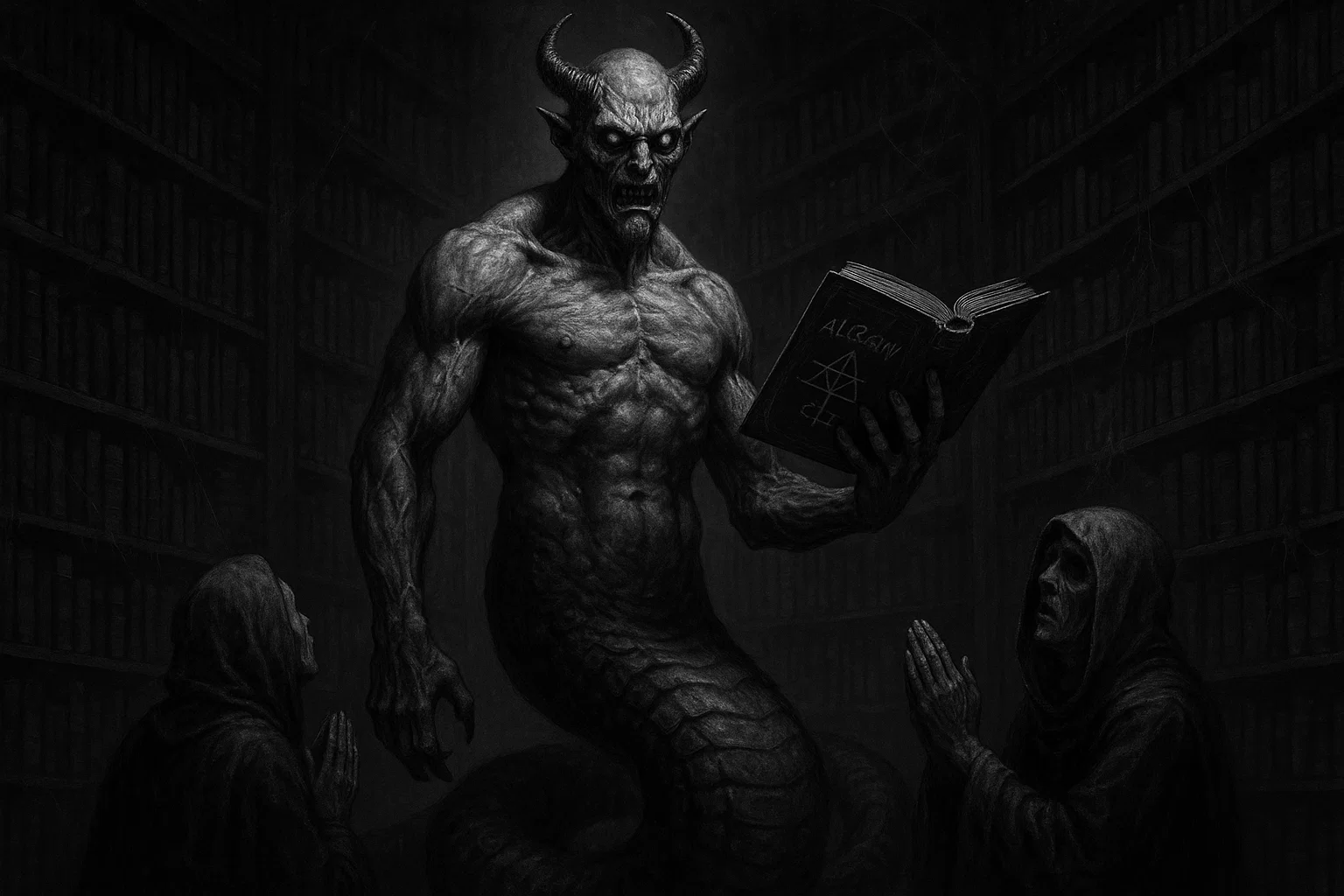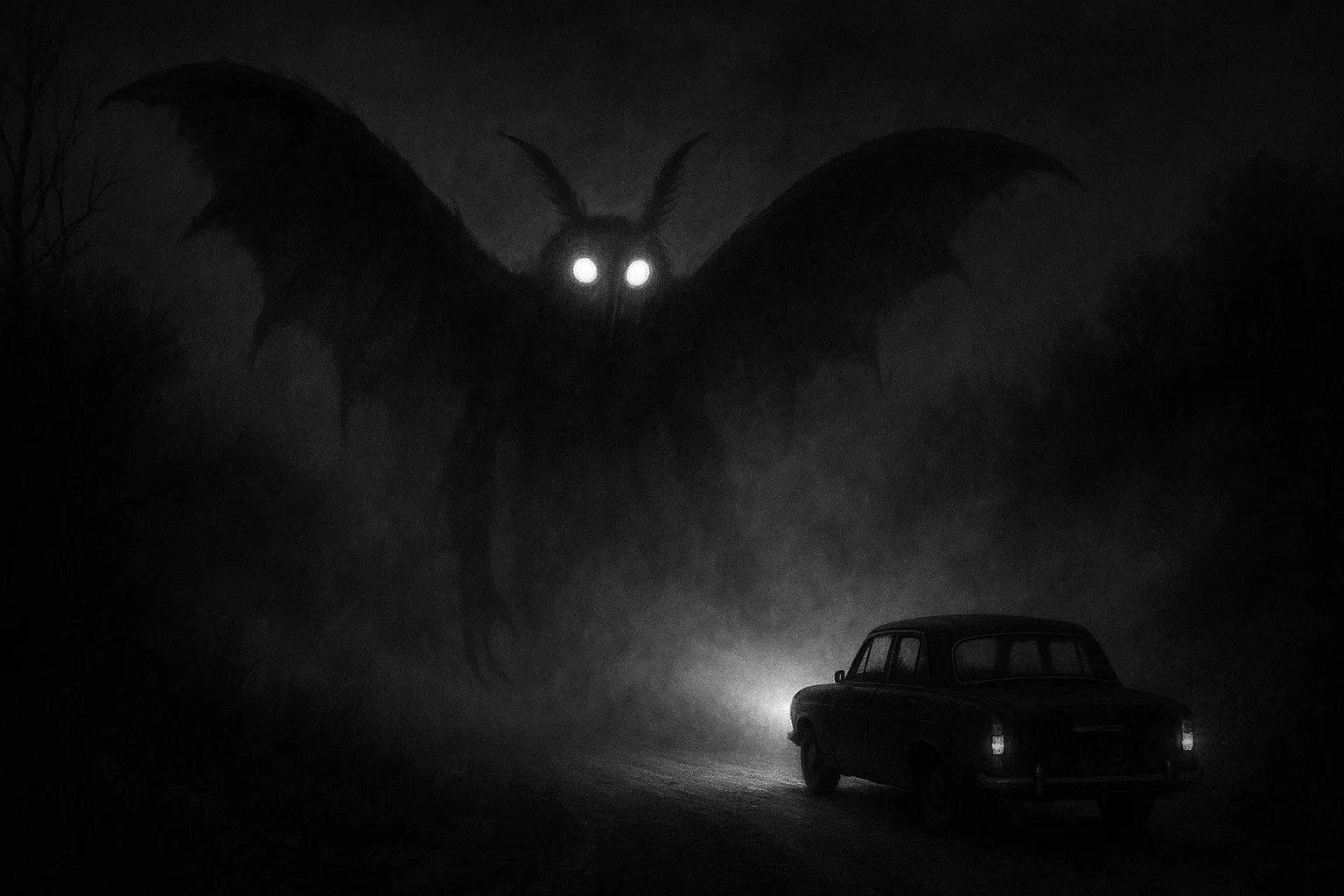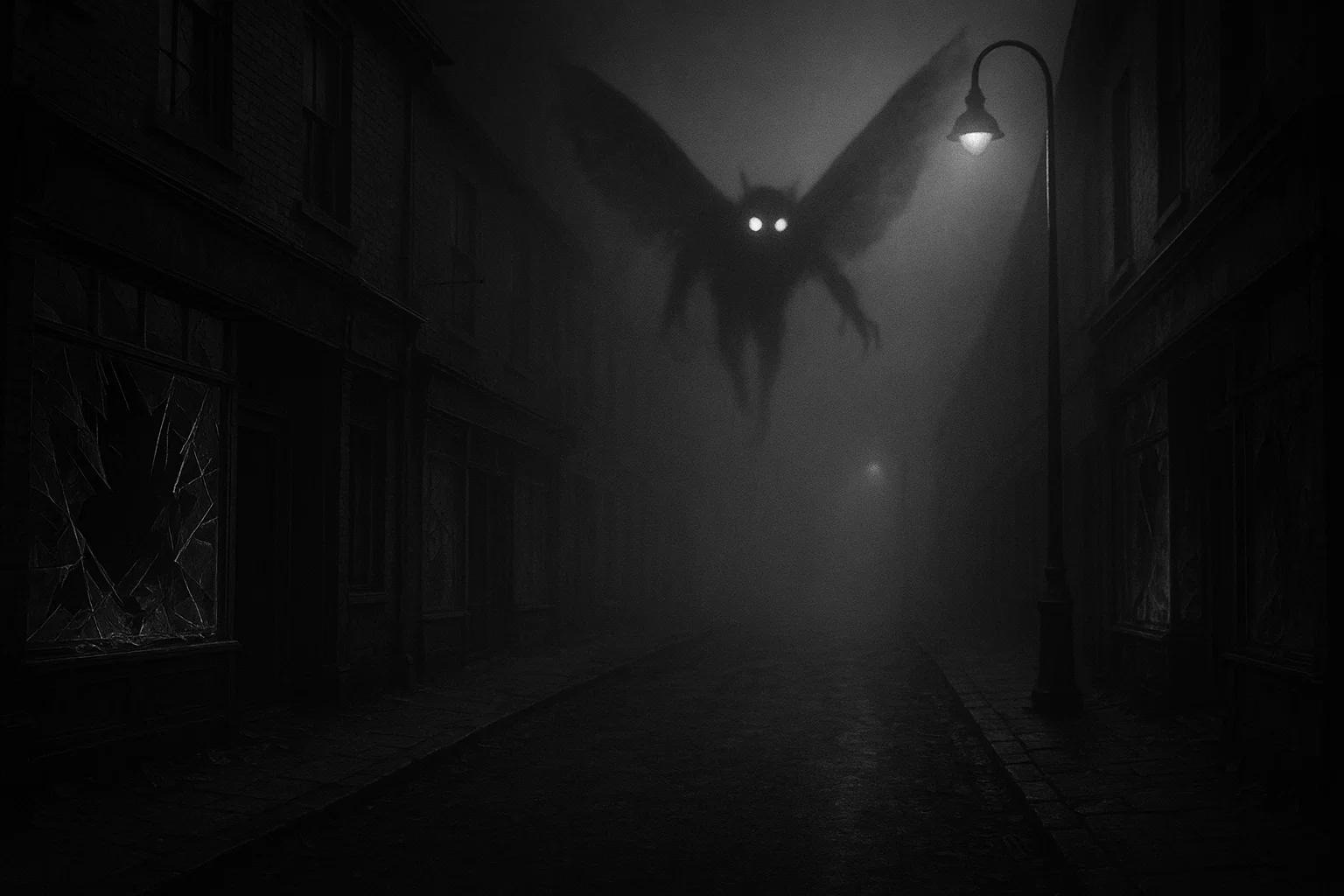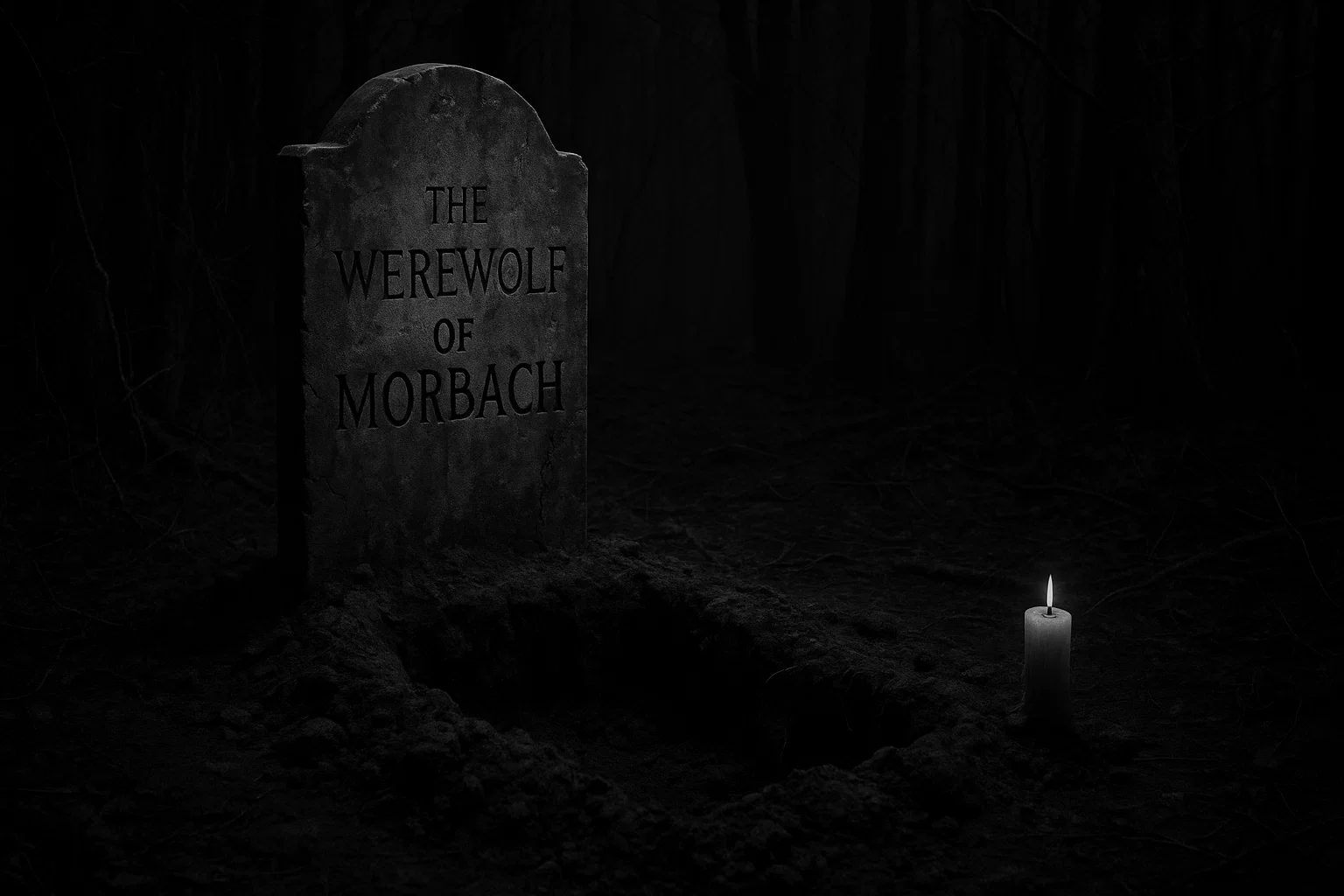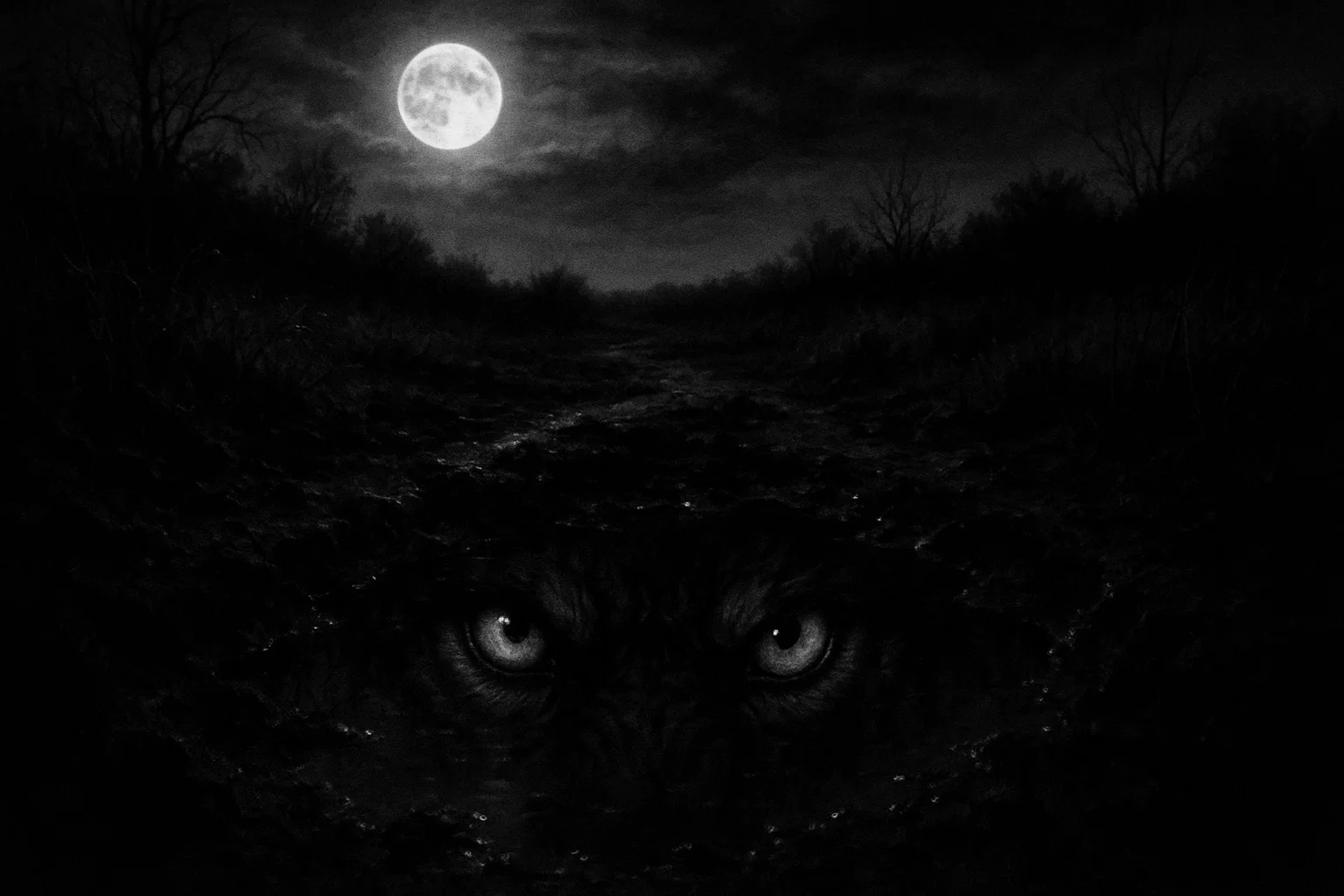In demonology, Bathin, also known as Bathym, Mathim, or Marthim, emerges as a figure of both mystery and utility. As the 18th spirit in the Ars Goetia of The Lesser Key of Solomon, Bathin holds the rank of a Great Duke of Hell, commanding 30 to 37 legions of demons.
His appearance is striking: a strong man with the tail of a serpent, riding a pale horse, symbolizing his dual nature of power and deceit. Bathin is renowned for his profound knowledge of the virtues of herbs and precious stones, making him a sought-after entity for those interested in natural magic and healing.
Additionally, he possesses the extraordinary ability to transport men suddenly from one country to another, a power that has captivated summoners for centuries.
What secrets does Bathin hold? How can his knowledge and abilities be harnessed? This article delves into the depths of Bathin’s lore, exploring his origins, powers, and place within the hierarchy of hell, offering a comprehensive guide to one of demonology’s most intriguing dukes.
Table of Contents
Key Information
| Attribute | Description |
|---|---|
| Name | Bathin (Bathym, Mathim, Marthim, Machin, Bathsin) |
| Title | Great Duke of Hell |
| Element | Earth (associated with Virgo) |
| Direction | West (speculative, based on infernal hierarchy patterns) |
| Hierarchy | 18th spirit in Ars Goetia, subordinate to higher demons like Fleurety |
| Servitors | Commands 30 to 37 legions of demons |
| Powers | Knows virtues of herbs and precious stones; transports men suddenly across countries; aids in astral projection |
| Appearance | Strong man with serpent’s tail, riding a pale horse; sometimes without horse |
| Etymology | Possibly from Hebrew bath (daughter) or Latin bathos (depth); linked to Nephthys in some interpretations |
| Associated Figures | Formerly an angel of the Dominion order; linked to Stolas, Mammon, Nephthys; opposed by angel Caliel |
| Role | Master of natural knowledge, transportation, and astral travel |
| Symbolism | Serpent (wisdom/deceit), pale horse (death/transformation), strong man (power/authority) |
| Weaknesses | Controlled via sigil and divine names; countered by angel Caliel |
Etymology
Where does the name Bathin come from? The name Bathin, with variants Bathym, Mathim, Marthim, Machin, and Bathsin, is shrouded in linguistic ambiguity, reflecting the enigmatic nature of this demon.
The most plausible origin is the Hebrew word bath, meaning “daughter,” though this connection is speculative and may not fully align with Bathin’s masculine depiction.
Alternatively, the Latin bathos, meaning “depth” or “profundity,” could suggest his deep knowledge of natural properties and infernal secrets, resonating with his role as a demonic scholar. Some demonologists propose a link to the Akkadian balamu (to shine), evoking the radiant qualities of precious stones under his purview, though this is less substantiated.
A notable interpretation connects Bathin to the Egyptian goddess Nephthys, whose name translates to “Lady of the House.” This association, while debated, draws parallels between Nephthys’s roles in death, protection, and transformation and Bathin’s powers of transportation and natural wisdom.
You May Also Like: The White Lady of Hohenzollern: A Harbinger of Death and Disaster?
The Livre des Esperitz uses the variant Machin, possibly a corruption or intentional alias, which may derive from a Semitic root meaning “to cover” or “conceal,” hinting at his ability to obscure or reveal.
In Kabbalistic traditions, the name’s Hebrew letters—bet, tav, yod, nun—may encode meanings: bet for dominion, tav for power, yod for creation, and nun for eternity, aligning with his eternal knowledge and transformative abilities.
The lack of a definitive etymology enhances Bathin’s mystique, positioning him as a figure whose name bridges ancient mythology and infernal lore.
Historical and Mythological Background
Bathin’s origins are primarily rooted in medieval and Renaissance demonology, with his earliest detailed appearance in Pseudomonarchia Daemonum (1577) by Johann Weyer, where he is the 10th spirit, and as the 18th spirit in the Ars Goetia of The Lesser Key of Solomon (17th century).
Before his fall, Bathin was likely an angel of the Dominion order, a choir responsible for regulating cosmic order and divine authority, as suggested by his strong, authoritative appearance. His rebellion alongside Lucifer led to his appointment as a Great Duke of Hell, commanding 30 to 37 legions, a testament to his enduring power.
Unlike demons like Bael or Astaroth, who trace to ancient deities, Bathin’s pre-Christian origins are less clear, with no direct mythological counterpart in Near Eastern or classical traditions.
However, some modern interpretations link him to the Egyptian goddess Nephthys, associated with death, mourning, and protection. This connection, though speculative, draws parallels between Nephthys’s transformative roles and Bathin’s powers of transportation and natural knowledge, suggesting a syncretism between Egyptian and Judeo-Christian demonology.
The Demonic Paradise posits that Bathin collaborated with Stolas, another demon skilled in herbs and stones, and Mammon, the lord of greed, to procure unique materials for infernal purposes, indicating a specialized role in hell’s operations.
Bathin’s pale horse and serpent tail evoke mythological archetypes of death and wisdom, possibly influenced by figures like the biblical Four Horsemen or serpentine deities like Wadjet.
His knowledge of herbs and stones aligns with medieval alchemical and medicinal traditions, where such expertise was prized for healing and magic.
In Kabbalistic lore, Bathin may be associated with the qlipha of Yesod (foundation), representing distorted knowledge or hidden truths, aligning with his role as a revealer of natural secrets.
His enigmatic background, blending angelic nobility with infernal cunning, positions Bathin as a complex figure navigating the boundaries of creation and destruction.
Historical Mentions
The table below compiles interesting excerpts from historical texts mentioning Bathin, focusing on grimoires and occult sources:
| Source | Author | Year | Excerpt |
|---|---|---|---|
| The Lesser Key of Solomon | Unknown | 17th century | “The Eighteenth Spirit is Bathin. He is a Mighty and Strong Duke, and appeareth like a Strong Man with the tail of a Serpent, sitting upon a Pale-Coloured Horse. He knoweth the Virtues of Herbs and Precious Stones, and can transport men suddenly from one country to another. He ruleth over 30 Legions of Spirits. His Seal is this which is to be worn as aforesaid.” |
| Pseudomonarchia Daemonum | Johann Weyer | 1577 | “Bathim is a great duke and a strong, appearing with the bodie of a strong man, with the tail of a serpent, sitting on a pale horsse, and is verie subtill: he knoweth the vertues of herbes and pretious stones, and can transport men suddenlie from countrie to countrie, and ruleth thirtie legions of divels.” |
| Livre des Esperitz | Unknown | 15th–16th century | “Machin est un duc, qui apparoit comme un homme fort, et scet les vertus des herbes et des pierres precieuses, et transporte les hommes d’un pays a l’autre soudainement, et regne sur trente-sept legions.” (Translation: “Machin is a duke, who appears as a strong man, and knows the virtues of herbs and precious stones, and transports men from one country to another suddenly, and rules over thirty-seven legions.”) |
| The Grimoire of Pope Honorius | Unknown | 17th century | “Machin, a great duke, teacheth the virtues of foreign plants and rocks, and canst provide such for the magician’s use; he ruleth thirty legions.” |
| Grand Grimoire | Unknown | 18th century | “Bathsin, or Bathim, is a duke under Fleurety, skilled in the knowledge of herbs and stones, and able to transport men swiftly across the earth, commanding thirty legions.” |
What the Demon Bathin Looks Like
Bathin’s appearance is both imposing and symbolic, reflecting his dual nature as a figure of power and subtlety.
In The Lesser Key of Solomon and Pseudomonarchia Daemonum, he is depicted as a strong man with the tail of a serpent, riding a pale horse. The strong man embodies authority and physical might, likely a remnant of his angelic Dominion status, while the serpent’s tail signifies wisdom, cunning, and deceit, evoking mythological serpents like Wadjet or the Edenic serpent.
You May Also Like: The SS Ourang Medan’s Last Call | Horror Story
The pale horse, a potent symbol of death or transformation, aligns with Bathin’s transportation powers, suggesting a journey across physical or spiritual boundaries.
In the Livre des Esperitz, he appears without the horse, possibly indicating a variation in his manifestation or a focus on his human form. His overall imagery—combining strength, serpentine guile, and deathly symbolism—underscores his role as a demon who navigates the material and ethereal realms with ease.
Powers and Abilities
Bathin’s powers are both practical and esoteric, making him a versatile and sought-after entity in occult practices. His abilities, rooted in his celestial past and infernal role, are detailed across grimoires and include:
- Knowledge of Herbs and Precious Stones: Bathin possesses extensive expertise in the virtues and properties of herbs and precious stones, encompassing their medicinal, magical, and alchemical applications. This power, noted in The Lesser Key of Solomon, allows him to reveal the healing properties of plants like chamomile or myrrh, the protective qualities of gems like amethyst or sapphire, or the ritual uses of rare herbs like mandrake. His knowledge likely includes exotic or extinct plants, such as silphium, prized in antiquity for its potency, making him a patron for healers, alchemists, and magicians. The Grimoire of Pope Honorius emphasizes his ability to provide foreign plants and rocks, suggesting a global scope to his expertise.
- Sudden Transportation: Bathin’s most renowned ability is transporting men suddenly from one country to another, as described in Pseudomonarchia Daemonum. This power is often interpreted as astral projection or teleportation, enabling instantaneous travel across vast distances. For example, a summoner might use this to escape danger, conduct espionage, or explore distant lands, but the process requires precise ritual control to avoid disorientation or spiritual entrapment. The Demonic Paradise notes that Bathin’s transportation aids Mammon by moving unique materials, indicating a strategic role in infernal logistics.
- Astral Projection: Closely tied to his transportation power, Bathin can facilitate astral projection, allowing summoners to travel in spirit form to different locations or realms. This ability, highlighted in Demonology Fandom, complements his role as a guide through unfamiliar territories, whether physical or metaphysical. It might enable visions of distant places or interactions with spiritual entities, but its risks include spiritual vulnerability or deception by Bathin’s cunning.
- Natural Wisdom: Bathin’s knowledge extends to the practical and esoteric uses of natural resources, bridging material and spiritual realms. His association with Stolas, another herb-and-stone expert, suggests collaborative efforts in providing rare materials for magical or infernal purposes, as per The Demonic Paradise. This power positions him as a master of natural magic, capable of enhancing rituals or crafting potent talismans.
These powers make Bathin a demon of knowledge, movement, and transformation, offering summoners access to natural and supernatural realms. However, his subtle nature, as noted in Pseudomonarchia Daemonum, requires vigilance to avoid manipulation or unintended consequences.
Role in the Hierarchy of Hell
In the intricate hierarchy of hell, as outlined in The Lesser Key of Solomon and Grand Grimoire, Bathin holds the rank of Great Duke, a position of considerable authority within the infernal nobility.
Commanding 30 to 37 legions of demons—each legion comprising thousands of spirits—he oversees a significant contingent of infernal forces.
The demonic hierarchy, modeled on earthly monarchies and angelic orders, places dukes below kings (e.g., Bael, Paimon) and supreme rulers like Lucifer or Beelzebub, but above presidents, earls, and knights. In the Grand Grimoire, Bathin serves under Fleurety, a high-ranking demon acting as a lieutenant general, indicating his integration into a structured command chain alongside other dukes like Agares or Astaroth.
As a Great Duke, Bathin’s duties involve executing hell’s agenda through his legions, leveraging his knowledge of herbs and stones and his transportation abilities to tempt mortals or advance infernal operations.
You May Also Like: Is Alabama Sasquatch Real? Shocking Sightings Revealed
For instance, he might provide rare materials to corrupt alchemists or transport demons to strategic locations, undermining divine order. His collaboration with Stolas and Mammon, as noted in The Demonic Paradise, suggests a specialized role in procuring unique resources for hell’s elite, such as enchanted gems or potent herbs for rituals. His former status as a Dominion, responsible for cosmic regulation, imbues him with a commanding presence, now perverted to serve infernal ends.
In Kabbalistic traditions, Bathin may be linked to the qlipha of Yesod (foundation), representing distorted knowledge or hidden truths, aligning with his role as a revealer of natural secrets. His western association (speculative, based on infernal directional patterns) ties him to endings and mystery, complementing his transformative powers.
Bathin’s position as the 18th spirit in the Ars Goetia underscores his prominence, making him a key figure for summoners seeking natural wisdom or swift travel within the infernal hierarchy.
Astrological Associations and Symbolism
| Aspect | Association |
|---|---|
| Planetary | Venus (beauty, material possessions); Mercury (knowledge, travel) |
| Zodiac Sign | Virgo (practicality, service, earth); Gemini (communication, movement) |
| Element | Earth (stability, nature); Air (travel, intellect) |
| Month | September 12–22 (Virgo); June 13–17 (Gemini, per some sources) |
| Numbers | 30–37 (legions), 18 (order in Ars Goetia), 9 (Yesod qlipha) |
| Colors | Green (nature, earth), Purple (Venus, royalty), Silver (Mercury, clarity) |
| Symbols | Serpent (wisdom/deceit), pale horse (death/transformation), strong man (power/authority), herbs/stones (natural wisdom) |
| Animals | Serpent (cunning), Horse (travel, death), Bull (strength, earth) |
Planetary and Zodiac Influences
Venus, governing beauty and material possessions, aligns with Bathin’s expertise in precious stones, enhancing their aesthetic and magical value.
Mercury, ruler of knowledge and travel, reflects his transportation and intellectual powers.
Virgo (September 12–22), an earth sign, embodies practicality and service, resonating with his herbal knowledge and grounded wisdom.
Gemini (June 13–17, per some sources), an air sign, connects to his swift travel and communication across realms. Bathin’s peak influence during Virgo makes September ideal for summoning rituals.
Elemental Symbolism
Earth grounds Bathin’s knowledge of herbs and stones, tying him to the material world and natural stability.
Air embodies his transportation powers, evoking the swift, intangible movement of astral projection or teleportation. This dual elemental nature underscores his ability to bridge physical and ethereal realms.
Symbolic Animals and Artifacts
The serpent tail symbolizes wisdom and deceit, akin to mythological serpents like Wadjet or the Edenic serpent, reflecting his cunning. The pale horse evokes death or transformation, aligning with the biblical Horseman of Death and his travel powers.
You May Also Like: Yacumama: Could a 100-Foot Monster Still Be Hiding in the Amazon?
The strong man denotes authority and strength, a remnant of his Dominion origins. Herbs and stones represent natural wisdom, with specific plants (e.g., mistletoe) and gems (e.g., emerald) tied to his rituals. The bull, linked to Virgo’s earthiness, symbolizes strength and stability.
Cultural Resonance
Bathin’s imagery parallels figures like Nephthys, whose protective and transformative roles mirror his powers, or Hermes, the Greek god of travel and knowledge.
His pale horse evokes apocalyptic or shamanic archetypes, while his herbal expertise aligns with medieval alchemical traditions. This rich symbolism positions Bathin as a mediator between the material and spiritual, knowledge and mystery.
Sigil
The sigil of Bathin, detailed in The Lesser Key of Solomon, is a unique geometric symbol essential for summoning and controlling him.
Comprising interlocking lines, circles, and curves, it is often enclosed within a double circle for containment. Hebrew letters, possibly encoding Bathin’s name or divine names like Adonai, enhance its potency.
The sigil is crafted on a lamen—a talisman of copper (Venus’s metal) or parchment—worn during rituals to ensure obedience and protect against his subtle deceit.
The design’s central curves may symbolize his serpentine tail, while radiating lines evoke his swift travel. Used within a consecrated circle with specific incantations, the sigil channels Bathin’s powers, requiring meticulous accuracy to avoid manipulation.
Comparison to Other Demons
The table below compares Bathin to other demons from The Lesser Key of Solomon, focusing on rank, appearance, powers, legions, and descriptions:
| Demon | Rank | Appearance | Powers | Legions | Brief Description |
|---|---|---|---|---|---|
| Stolas | Prince | Raven or owl, crowned | Teaches astronomy, herbs, stones | 26 | Demon of science and nature |
| Foras | President | Strong man | Teaches logic/ethics, finds lost things | 29 | Demon of wisdom and recovery |
| Haagenti | President | Bull with griffin wings | Makes wise, transmutes metals | 33 | Demon of alchemy and wisdom |
| Ose | President | Leopard or man | Makes wise in sciences, changes form | 30 | Demon of transformation and knowledge |
| Amy | President | Fiery man | Teaches astrology/sciences, finds treasures | 36 | Demon of science and wealth |
| Valac | President | Child with angel wings on dragon | Finds treasures, gives true answers | 30 | Demon of wealth and truth |
| Agares | Duke | Old man on crocodile, with goshawk | Teaches languages, causes earthquakes | 31 | Demon of communication and movement |
| Barbatos | Duke | Horned archer with four kings | Animal languages, treasures, past/future | 30 | Master of nature and hidden knowledge |
| Paimon | King | Man with woman’s face, riding dromedary | Teaches arts/sciences, grants familiars | 200 | Powerful king of wisdom and loyalty |
Conclusion
Bathin, the Great Duke of Hell, captivates with his mastery of natural wisdom and supernatural travel. As the 18th spirit of the Ars Goetia, his knowledge of herbs and precious stones and his ability to transport men across countries or realms make him a potent ally for alchemists, healers, and explorers.
From his origins as a fallen Dominion to his role in hell’s hierarchy, Bathin embodies the duality of enlightenment and deceit, offering summoners profound insights at the risk of infernal manipulation. His ties to Virgo, Venus, and possibly Nephthys enrich his lore, while his sigil unlocks his formidable powers.
This exploration of Bathin’s attributes, history, and symbolism provides a comprehensive guide to one of demonology’s most enigmatic figures, revealing the depths of his influence and the mysteries he guards.

